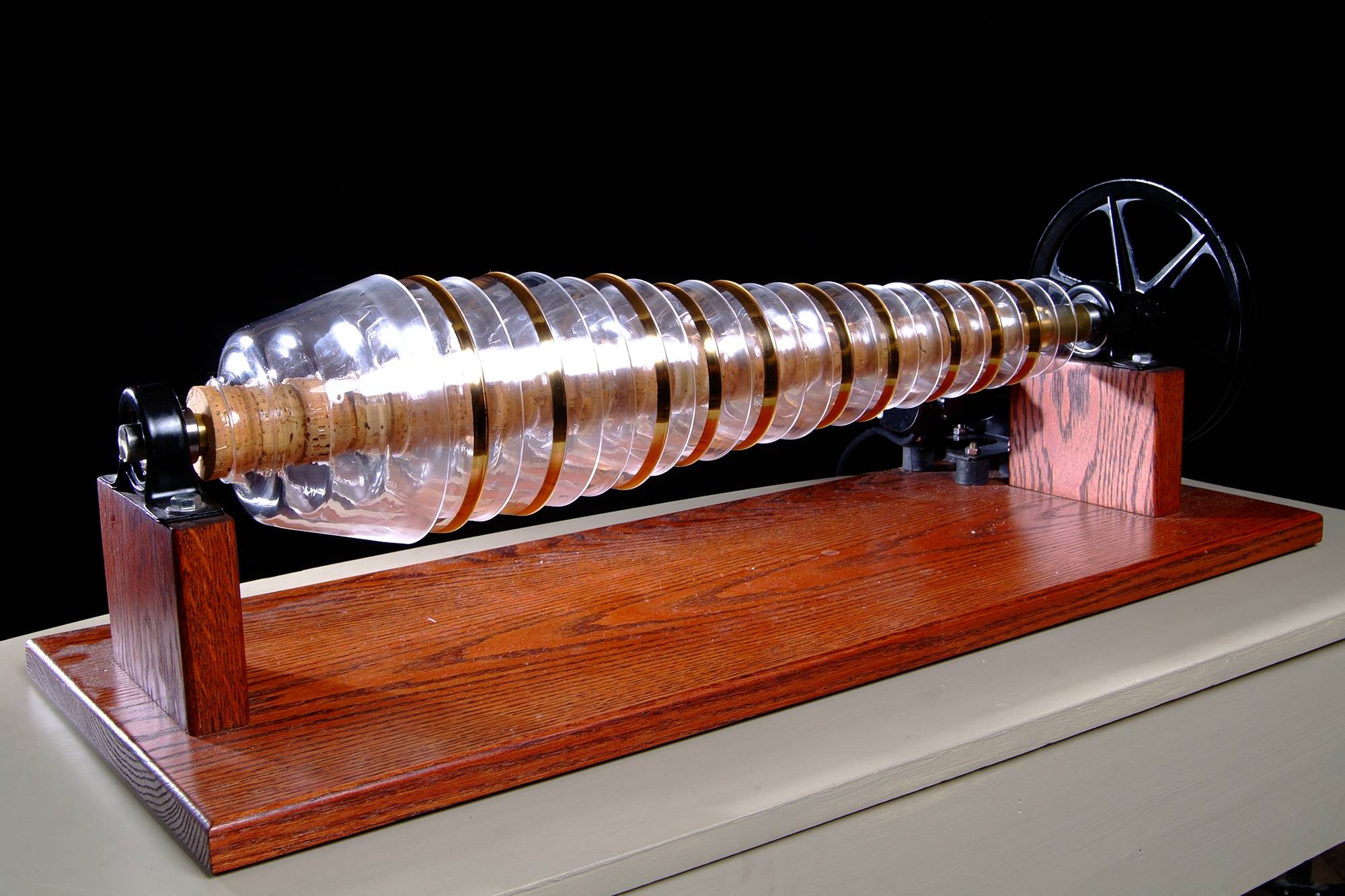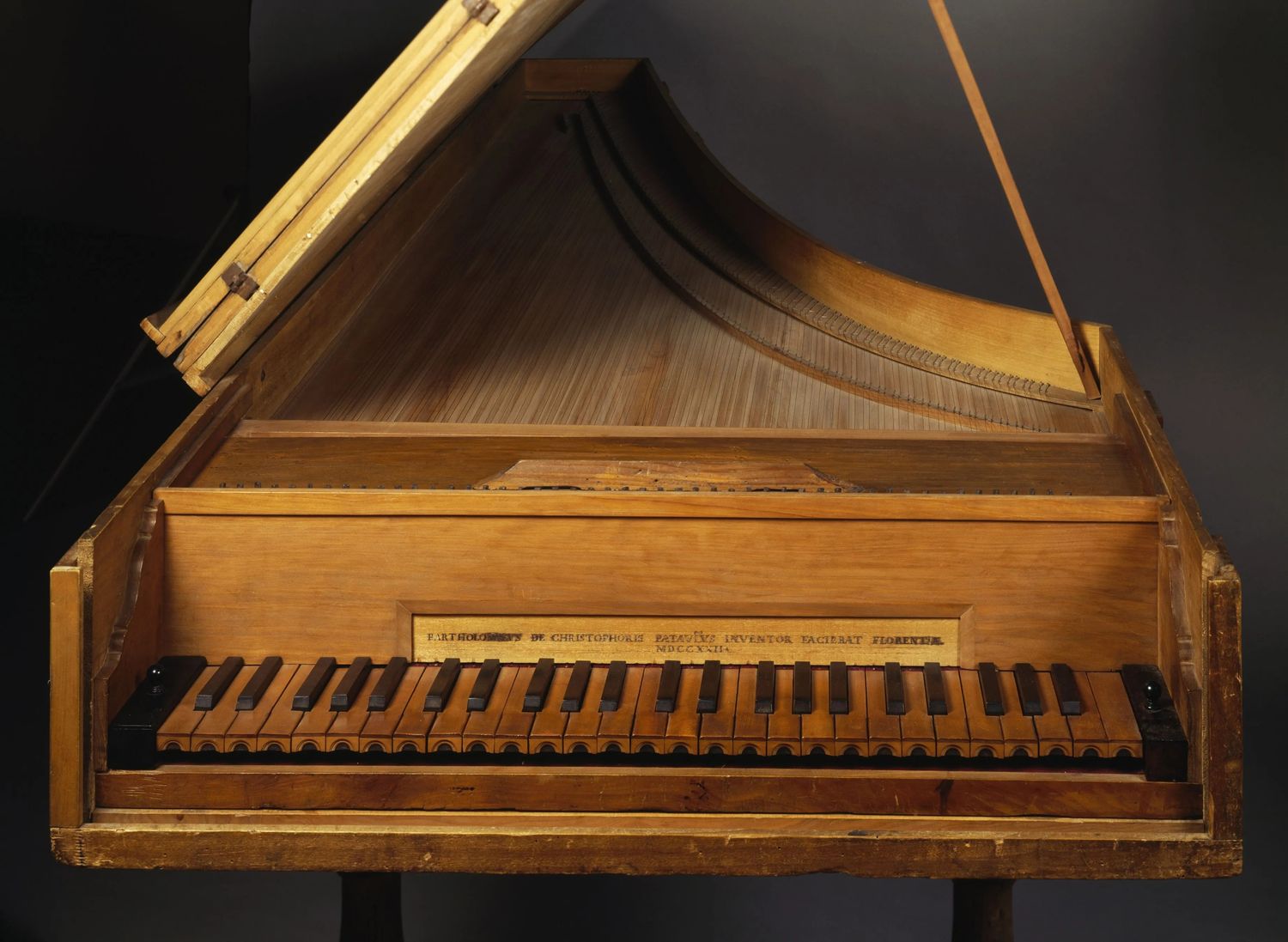Home>Instruments>Guitar>When Was The Guitar Invented?


Guitar
When Was The Guitar Invented?
Published: February 15, 2024
Discover the fascinating history of the guitar and learn about its origins and evolution. Uncover the story behind the invention of the guitar and its impact on music.
(Many of the links in this article redirect to a specific reviewed product. Your purchase of these products through affiliate links helps to generate commission for AudioLover.com, at no extra cost. Learn more)
Table of Contents
Introduction
As one of the most beloved and versatile musical instruments, the guitar has captured the hearts of countless musicians and music enthusiasts around the world. Its timeless appeal transcends genres and generations, making it a cornerstone of musical expression. However, the origins of the guitar are shrouded in the mists of time, with a history that spans centuries and continents. Exploring the journey of the guitar from its early predecessors to the modern six-string marvels unveils a fascinating narrative of human creativity and innovation.
Delving into the history of the guitar not only provides insight into its evolution as an instrument but also offers a glimpse into the cultural and societal contexts that shaped its development. From humble beginnings to becoming a symbol of artistic expression, the guitar’s story is a testament to the enduring power of music in human civilization. Join us on a captivating journey through time as we uncover the captivating tale of the guitar’s invention and evolution.
Early History of Stringed Instruments
The ancestry of the guitar can be traced back to the ancient world, where early civilizations crafted various forms of stringed instruments. These primitive predecessors laid the groundwork for the development of the modern guitar, showcasing the enduring appeal of stringed music-making throughout history.
One of the earliest known ancestors of the guitar is the ancient instrument known as the “lute.” Originating in Mesopotamia around 1900 BC, the lute featured a rounded body, a fretted neck, and multiple strings, bearing a striking resemblance to the contemporary guitar. Its popularity spread across ancient civilizations, including the Babylonians, Egyptians, and Greeks, each contributing to its evolution.
Another notable predecessor of the guitar is the “oud,” an instrument with a pear-shaped body and a fretless fingerboard, originating in the Middle East. The oud’s influence extended into Europe during the Moorish conquest of Spain, where it left an indelible mark on Iberian musical traditions, eventually influencing the development of the guitar in the region.
Throughout the medieval and Renaissance periods, stringed instruments continued to evolve, with various forms of early guitars emerging across Europe. These instruments, such as the vihuela in Spain and the lute in Italy, reflected the diverse regional styles and playing techniques that would later converge in the modern guitar.
The early history of stringed instruments provides a rich tapestry of innovation and cultural exchange, laying the foundation for the emergence of the guitar as we know it today. The diverse influences and historical contexts surrounding these ancient precursors offer a captivating glimpse into the global journey of musical creativity and ingenuity.
Emergence of the Modern Guitar
The transition from ancient stringed instruments to the modern guitar was marked by significant innovations and cultural exchanges that shaped its distinctive form and sound. One pivotal moment in the guitar’s evolution occurred during the 15th and 16th centuries in Spain, where the convergence of diverse musical traditions and craftsmanship led to the emergence of the modern guitar.
During this period, the “vihuela de mano” and the “guitarra latina” were prominent instruments in Spain, each contributing unique characteristics to the evolution of the guitar. The vihuela, with its rounded body and intricate craftsmanship, represented the refinement of stringed instrument design, while the guitarra latina, with its distinct shape and sound, reflected the influence of Moorish musical traditions.
The fusion of these musical influences culminated in the creation of the “guitarra morisca,” a transitional instrument that bore the hallmarks of both Moorish and European craftsmanship. This pivotal hybrid instrument laid the groundwork for the modern guitar, featuring a familiar shape and structure that echoed the design principles still seen in contemporary guitars.
As Spanish luthiers refined their craft, the guitar underwent further transformations, with the emergence of the “guitarra de cinco órdenes,” a five-course guitar that expanded the instrument’s sonic range and versatility. This innovation set the stage for the development of the six-string guitar, which would become the standard configuration for modern guitars.
By the 19th century, the modern guitar had solidified its place in musical culture, undergoing refinements in construction and design that enhanced its tonal capabilities and playability. The contributions of renowned luthiers, such as Antonio de Torres, further elevated the guitar’s status, leading to the establishment of enduring design principles that continue to influence guitar making to this day.
The emergence of the modern guitar stands as a testament to the ingenuity of artisans and the enduring legacy of cultural exchange. The convergence of diverse musical traditions and the craftsmanship of skilled luthiers paved the way for the iconic instrument that has captured the hearts of musicians and audiences worldwide.
Evolution of the Guitar
The evolution of the guitar spans centuries, encompassing a remarkable journey of innovation, craftsmanship, and musical adaptation. From its humble origins to its current status as a global icon, the guitar’s development reflects the interplay of cultural influences, technological advancements, and the creative spirit of musicians and artisans.
During the 19th and early 20th centuries, the guitar underwent significant transformations, driven by the quest for enhanced tonal quality, projection, and playability. This era saw the rise of pioneering luthiers, such as Antonio de Torres, whose innovations in bracing patterns, body shapes, and construction techniques revolutionized the instrument’s sound and ergonomics. Torres’ contributions laid the foundation for the modern classical and acoustic guitar designs, setting new standards for craftsmanship and tonal excellence.
Simultaneously, the advent of steel-string guitars and the development of archtop and resonator guitars expanded the sonic possibilities of the instrument, catering to diverse musical genres and performance contexts. The electrification of the guitar in the mid-20th century further propelled its evolution, giving rise to the iconic electric guitar models that would define the sound of popular music across genres such as blues, rock, and jazz.
The latter half of the 20th century witnessed a proliferation of innovative guitar designs, materials, and construction methods, reflecting a dynamic interplay between tradition and modernity. This period saw the emergence of ergonomic features, tonal enhancements, and the incorporation of advanced electronics, empowering guitarists with unprecedented creative capabilities and sonic versatility.
Today, the evolution of the guitar continues unabated, fueled by advancements in materials science, digital technology, and a renewed focus on sustainability and eco-conscious design. Modern luthiers and guitar manufacturers are pushing the boundaries of innovation, exploring alternative tonewoods, carbon fiber composites, and cutting-edge amplification systems to redefine the sonic and tactile experience of playing the guitar.
As the guitar evolves in the 21st century, it remains a testament to the enduring spirit of human creativity and the profound impact of music on our lives. The instrument’s evolution serves as a living chronicle of innovation and adaptation, embodying the timeless pursuit of artistic expression and sonic excellence.
Conclusion
The guitar’s journey from its ancient precursors to the modern six-string marvels is a testament to the enduring power of music and human ingenuity. Its evolution mirrors the rich tapestry of cultural exchange, technological innovation, and artistic expression that have shaped the instrument’s identity over the centuries.
From the ancient lutes and ouds to the Renaissance vihuelas and the modern-day electric and acoustic guitars, the instrument has continually adapted to meet the evolving needs and creative visions of musicians across genres and eras. Its versatility and emotive range have made it a beloved companion in intimate acoustic settings, grand concert halls, and raucous rock arenas alike, cementing its status as a universal symbol of musical expression.
As the guitar continues to evolve in the 21st century, it stands at the nexus of tradition and innovation, embracing sustainable materials, cutting-edge technology, and diverse musical influences to shape its future trajectory. The instrument’s timeless allure transcends cultural boundaries, resonating with enthusiasts and performers worldwide, and serving as a conduit for personal and collective narratives through its melodic voice.
Ultimately, the guitar’s invention and evolution encapsulate the human desire to create, connect, and communicate through the universal language of music. Its enduring presence in the fabric of global musical heritage ensures that its story will continue to unfold, inspiring future generations of musicians and captivating audiences with its timeless resonance.











